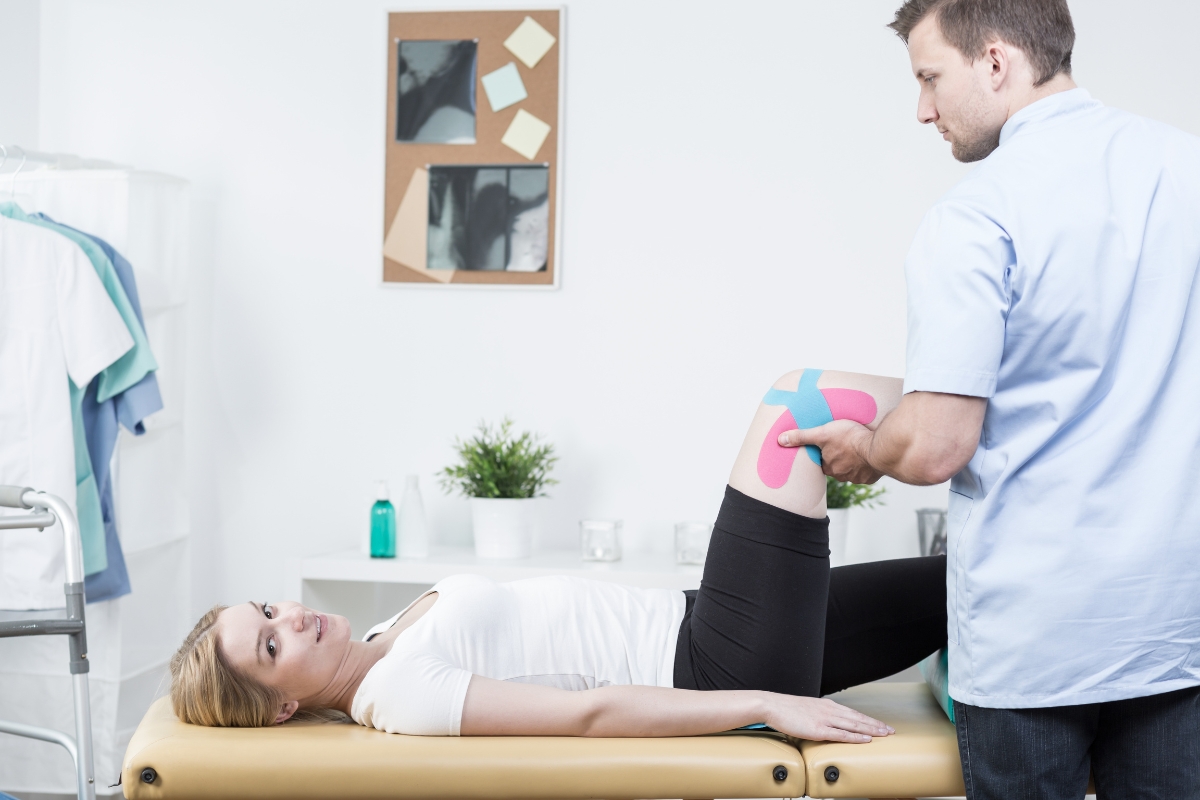Recovering from tendon surgery is a journey that requires patience, proper care, and sometimes, advanced treatments to ensure optimal healing. One such treatment in the news is Platelet-Rich Plasma (PRP) therapy. This therapy uses your own body’s healing mechanism to accelerate recovery and improve results.
Understanding PRP Therapy
PRP treatment is where your own blood is extracted in a small amount, concentrated as much as possible for platelets, and injected into the inflamed tendon in the form of enriched plasma. Platelets contain growth factors that are responsible for the repair and regeneration of tissue. By concentrating the platelets, PRP treatment tries to improve the body’s own healing mechanism.
How PRP Facilitates Tendon Healing
Tendons, the fibrous tissues connecting muscles to bones, have a limited blood supply, which can slow down the healing process after surgery. PRP therapy overcomes this drawback by directly delivering a high dose of growth factors to the injured area, promoting cell proliferation, collagen synthesis, and tissue healing. Targeted delivery will also lead to faster recovery and improved functional outcomes.
Evidence Supporting PRP Therapy
Recent studies have shown promising results regarding the efficacy of PRP in tendon healing. In a systematic review and meta-analysis in the Journal of Orthopaedic Surgery and Research, it was determined that patients with chronic tendinopathy experienced more improvement in pain and function following injections with PRP compared to placebo injections. Additionally, research has suggested that a single injection with PRP is more effective compared to multiple injections, especially if initiated early in the healing process.
Considerations Before Opting for PRP Therapy
While PRP therapy offers potential benefits, it’s essential to consider several factors:
- Timing of Injection: Early administration of PRP may yield better results.
- Type of Tendon Injury: Some tendon injuries may respond better to PRP therapy than others.
- Overall Health: Your general health and the presence of any underlying conditions can significantly impact your healing process.
A visit to a sports medicine physician will determine whether PRP therapy is an option for your specific case.
The Use of PRP and Rehabilitation
PRP therapy is not a standalone solution. To get the best outcome, it needs to be augmented with an extensive rehabilitation program, such as:
- Physical Therapy: Personalized exercises for strength and flexibility restoration.
- Activity Modification: Adjustment of activities of daily living in such a way that further strain on the rehabilitating tendon is avoided.
- Nutritional Support: Supplementing with nutrients that support the healing of tissues.
This combination has the potential to increase the effectiveness of PRP therapy and facilitate early return to normal activity.
Healing from tendon surgery can be challenging, though treatments like PRP therapy are making recovery earlier and more effective. By enhancing the body’s own healing potential, PRP therapy offers a promising treatment for those seeking to optimize their recovery process. Always consult with a licensed physician to determine the best approach for your health needs.

